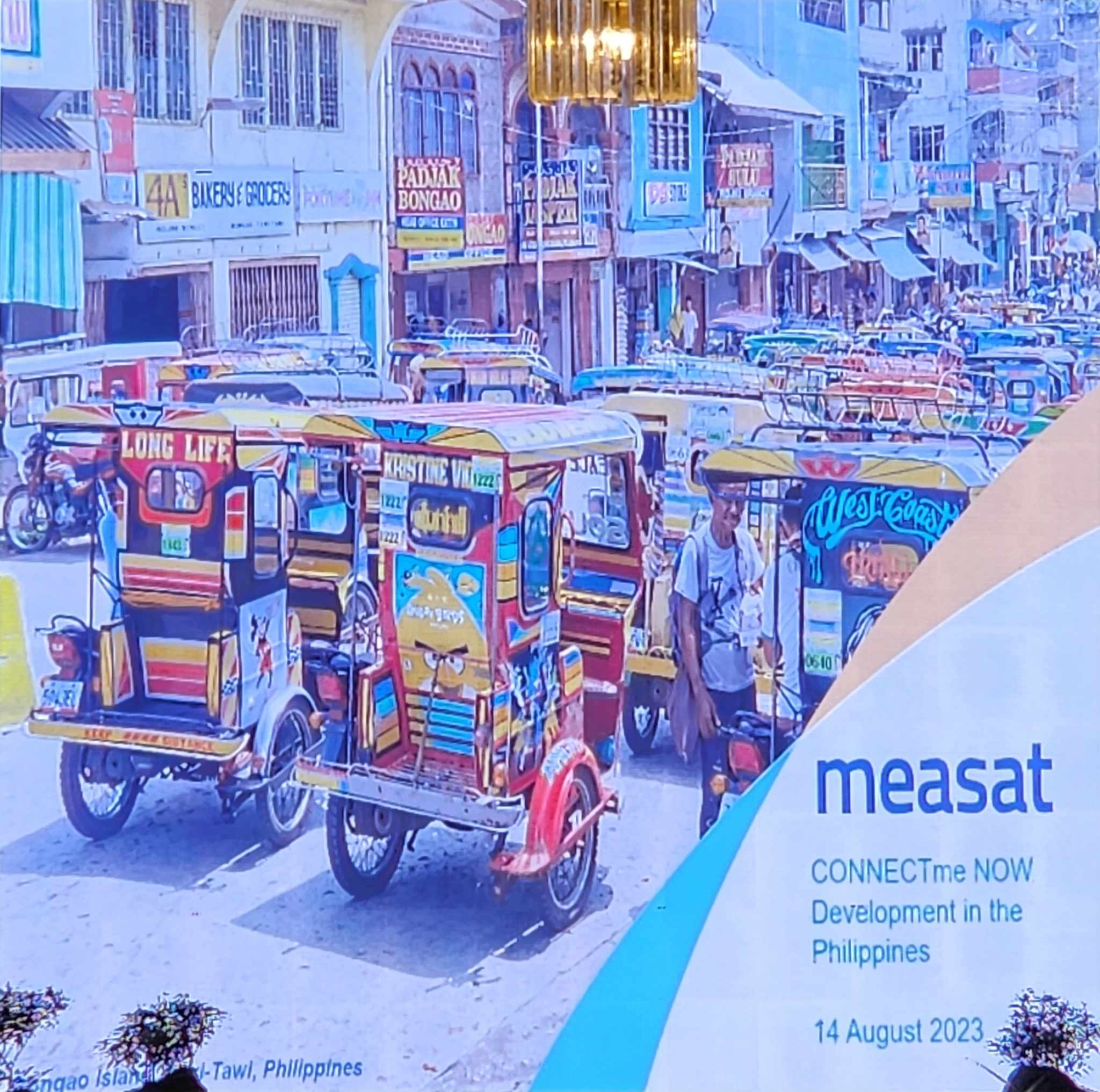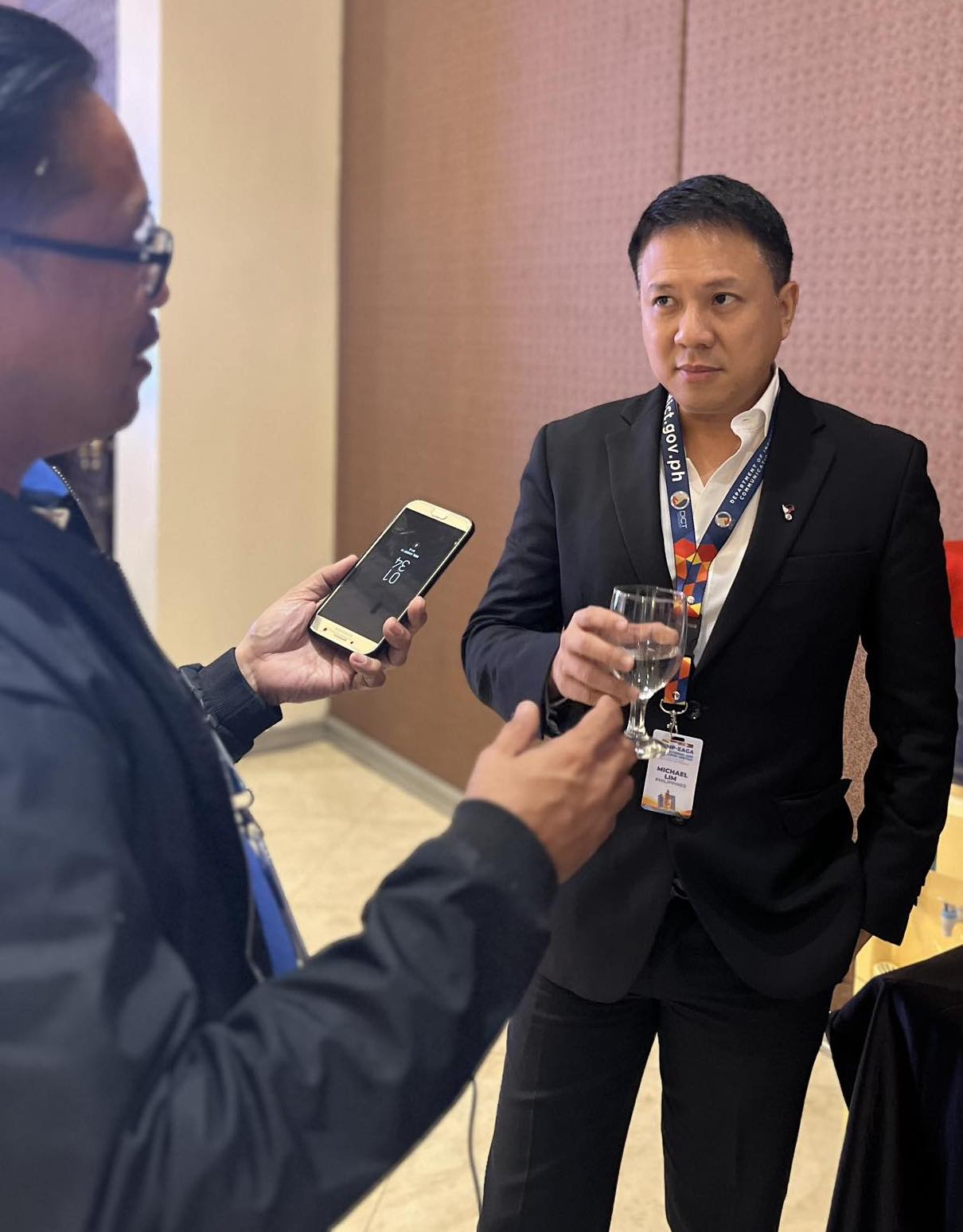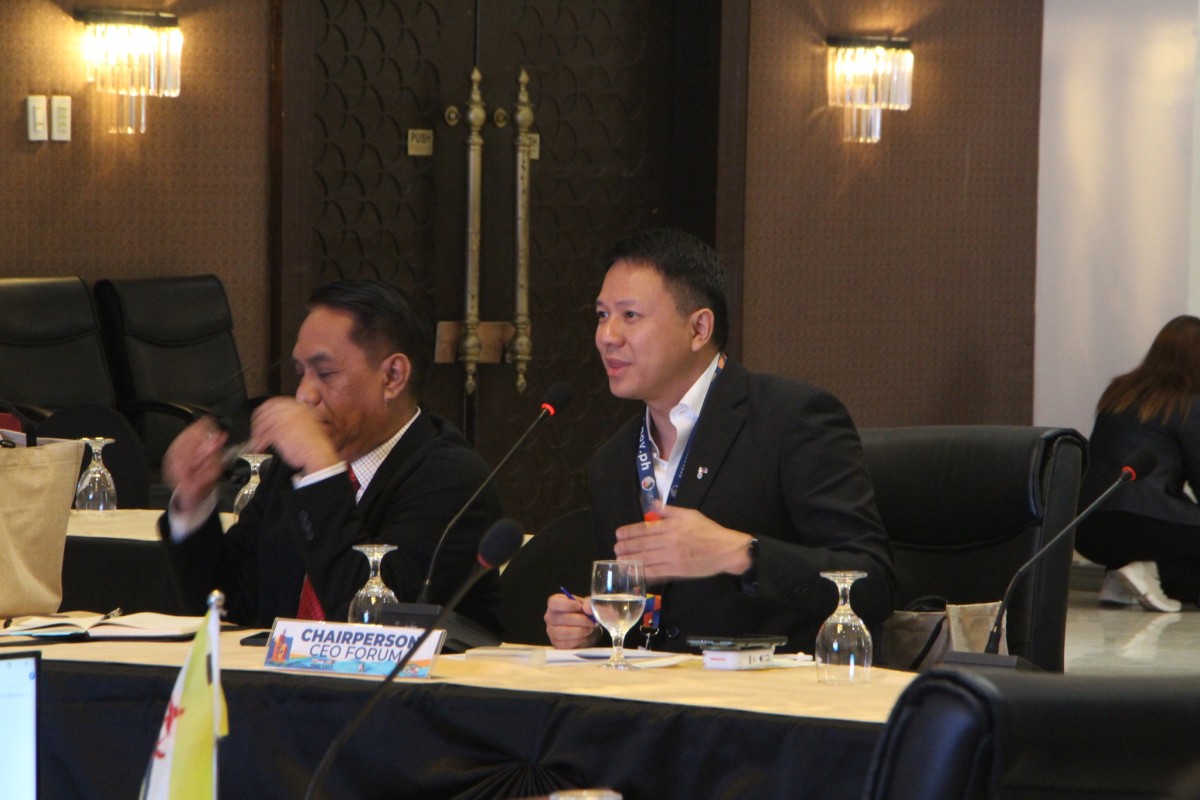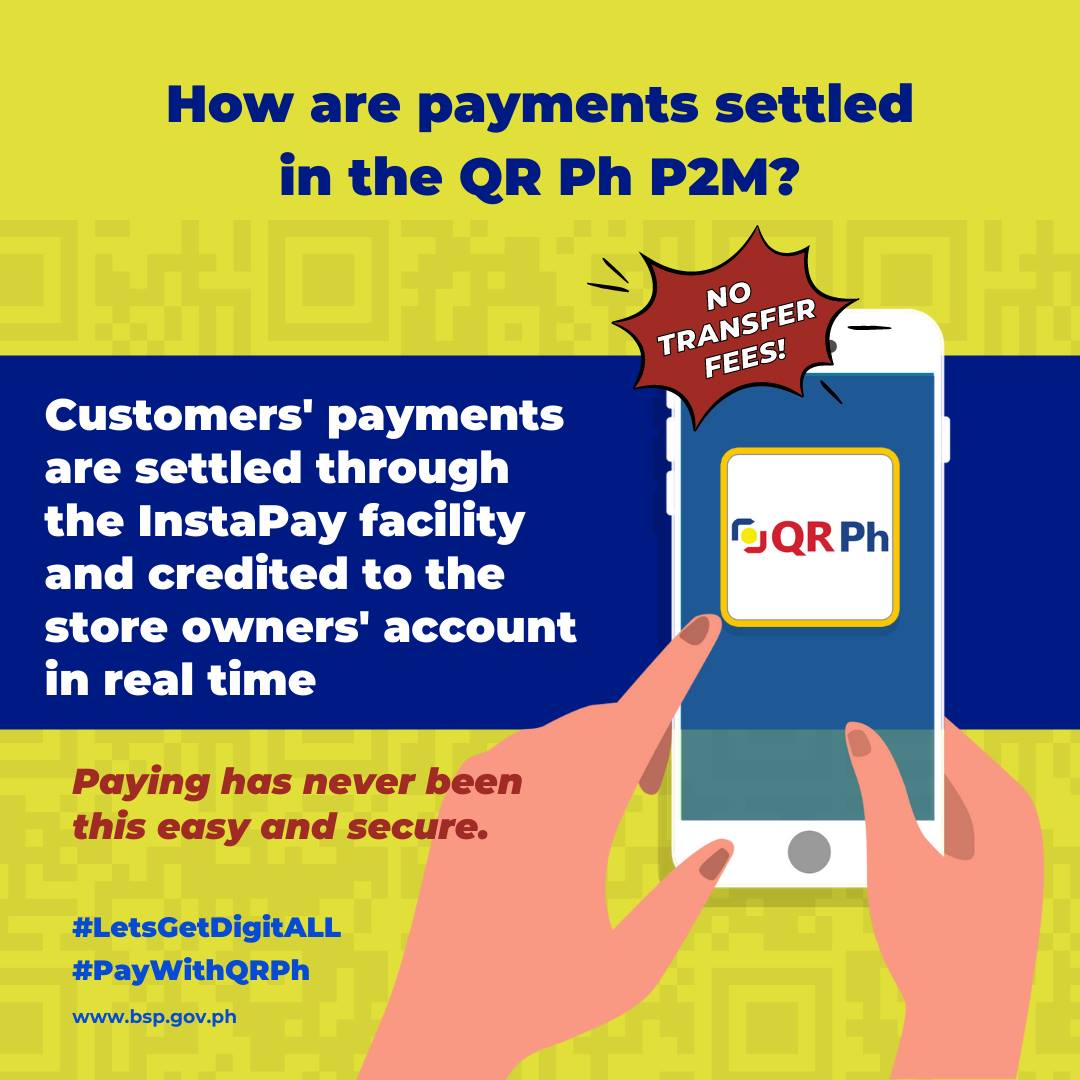ZAMBOANGA CITY, 29 Aug (PIA) – In a bid to bridge the digital divide and bring connectivity to underserved regions, the National ICT Confederation of the Philippines (NICP) has taken a proactive approach, partnering with satellite internet providers to provide essential services to communities often overlooked by traditional telecommunications companies.
Speaking on the matter at the recent BIMP-EAGA (Brunei-Indonesia-Malaysia-Philippines East ASEAN Growth Area) ICT-CEO (Information Communications Technology-Chief Executive Officers) conference in Zamboanga City, NICP Chairman Michael Tiu-Lim highlighted the challenges faced by rural areas in gaining access to the digital economy.
"We do work with Telecommunication Companies (TelCos), but we don't rely on them entirely. The issue is that many TelCos are hesitant to invest in less populated countryside markets, leaving these areas with limited connectivity prospects," he said.


To address this gap, NICP has partnered with satellite internet providers like MEASAT to extend connectivity to underserved areas. "Rather than waiting for TelCos to arrive, we connect them with us. We bring in connectivity, allowing these communities to start enjoying the digital economy sooner," Tiu-Lim said.
One of the key issues faced by rural areas is the inadequacy of infrastructure provided by TelCos. Tiu-Lim pointed out, "If a TelCo installs just one line, it's insufficient for an entire community. With our partners, we can easily add more connectivity when the community grows, ensuring sustainable access for all."
Tiu-Lim also discussed the role of artificial intelligence (AI) in the business sector. While acknowledging the prevalence of AI, he expressed concerns about the lack of upskilling initiatives. He stressed the importance of preparing the workforce for more creative roles that cannot be easily automated by AI.
Regarding government action, Tiu-Lim emphasized the need for funding to create upskilling programs, saying that "the government should take the lead in funding such initiatives to benefit everyone”, adding that “private sector involvement is contingent on government support."
In conclusion, Tiu-Lim discussed the potential for the BIMP-EAGA to enhance cross-border trade in the ICT sector, emphasizing the importance of standardized rules of engagement.
While challenges like energy support were noted, with measures like backup generators in place, the focus remains on connectivity as a priority, with satellite technology offering affordable and reliable options.
NICP's proactive stance in addressing these challenges demonstrates their commitment to creating a more connected and digitally empowered Philippines, especially in rural areas where connectivity has been lacking. (NBE/EDT/RVC/PIA9)





